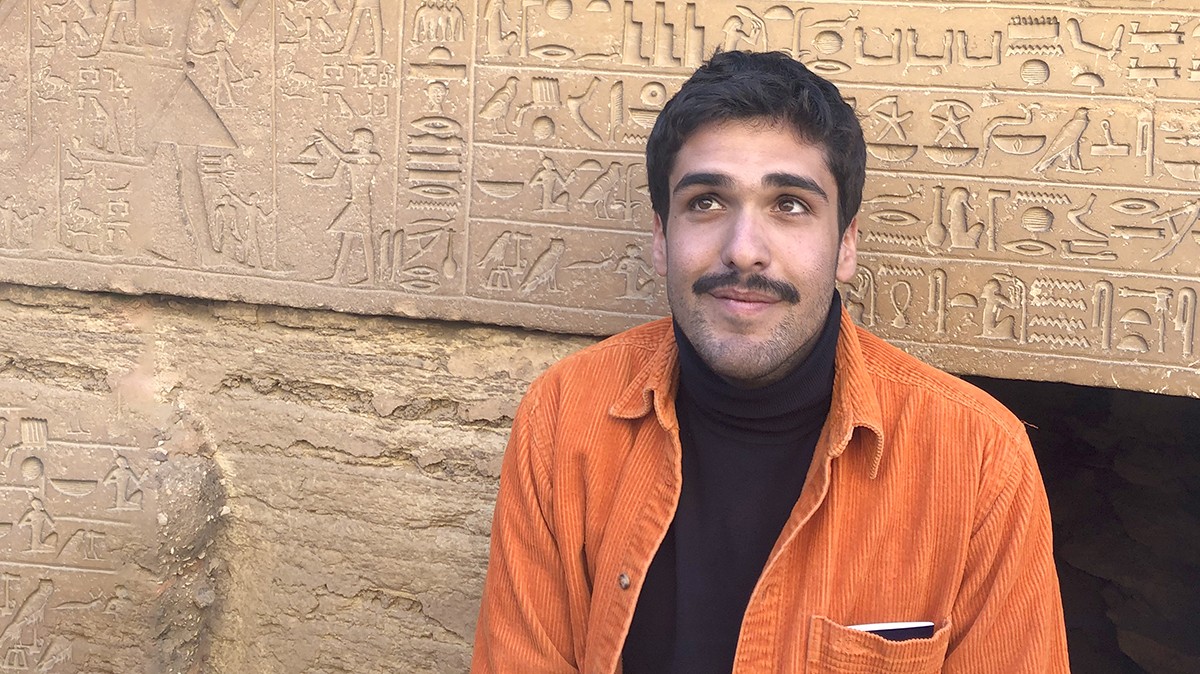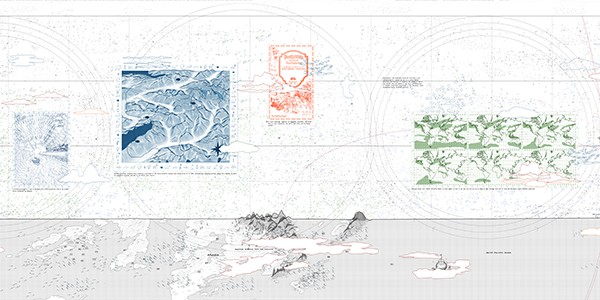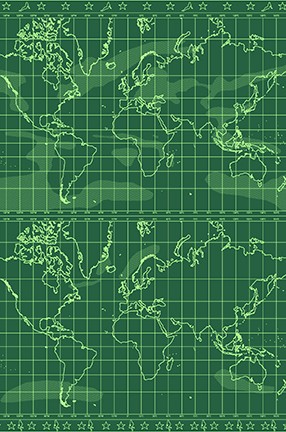Architecture Has Expanded Ibrahim Kombarji’s Horizons
With an international perspective, he has designs on everything from clouds to a Lebanon greenhouse.

The first building that captivated Ibrahim Kombarji was his school in Beirut, Lebanon, a modernist structure designed by Michel Ecochard, a friend and admirer of Le Corbusier.
“He turned the main classrooms toward the Mediterranean, the unlimited horizon that I would look at while my head was sometimes in the clouds during class,” said Kombarji.
As he grew up, his fascination with architecture and design continued, culminating in Kombarji’s Master’s of Science in Advanced Architectural Design that he is receiving from the Graduate School of Architecture, Planning and Preservation (GSAPP).
Columbia News caught up with Kombarji to discuss his experience at Columbia, and how his time here has shaped his goals for the future.
Meet the Class of 2020
Q. What made you decide to go to GSAPP?
A. When I was studying for my undergraduate architecture degree at the American University in Beirut, I had some inspiring GSAPP-affiliated professors. I was very interested in the way they were pushing conversations about architecture.
I was born in New York, then moved to London, and have also lived in France, though Beirut has been my main base. I read and think mostly in French, write in English and feel in Arabic. It is exciting to shift from one language to another, an inevitability that helps me navigate the world, and gives me an amazing vantage point from which to engage cultures and contexts. So the idea of returning to New York was appealing.
When I applied to GSAPP, I knew I wanted to learn closely from Andrés Jaque, whose work I admire and see as pushing the limits of what architecture can do. Politics is everywhere, as he so brilliantly explains. It shapes the way we interact, and has an impact on the environment, especially the climate crisis. I am interested in understanding how architecture can help solve such issues as ocean contamination, toxic air and carbon dioxide release. I did a fascinating summer project on the architectural infrastructure of clouds in the U.S., which included engaging with a research scientist from the NASA Goddard Institute at Columbia.
Coming back to New York at a different stage in my life has been terrific. An experience I particularly enjoyed was going to the Museum of Natural History with one of my classes. Twenty years ago, when I went there with my family, I remember seeing a giant bear in one of the dioramas. This time around, the bear was still as big, but now I noticed all the things around the bear—its interaction with other species, the landscape it hunted in, the ice mountains behind it and the clouds in the sky. What I’ve learned at GSAPP is the importance of context to better understand architecture and relationships we want to build with other ecosystems. Humans are connected to microbes, particles, animals and plants, so we have to design with this in mind.

Q. Can you tell us about your experiences at Columbia in general?
A. Columbia has sharpened my vision as to what role I want to play as an architect: I want to be an astute global diplomat engaging with the complex and uncertain political realities and other challenges we face. One of the lessons I have learned from COVID-19 confinement is that our daily lifestyle is responsible for a large footprint leading to the climate crisis. Despite the pain COVID-19 has brought to New York, I feel proud to be a New Yorker, where each day I see the spirit of mutual support and resilience.
My year in New York also coincided with revolution in Beirut, where people have demanded changes, followed by a financial crisis, and now the pandemic. So it’s a hard time to be away from friends and family, but it has re-emphasized the importance of the work I am doing at Columbia—to try carving out a space where architects can engage politics to direct design toward better outcomes for people and the environment.
In my design studio at GSAPP, we explored how building a network of community kitchens in Lima, Peru can empower the people who live in those communities. Columbia enabled me to take part not only in events like a climate conference at GSAPP, but also, for example, workshops with French philosophers at the Heyman Center.

Q. What it is like to end the semester, and your time here, online?
A. Of course, late night discussions in the studio around pizza or walking back home while seeing Butler Library so majestically lit are moments that I already miss while being in quarantine. At GSAPP we are sharing a lot online—reviews, lectures, discussions—so it is exciting to end it like this.
I had to reconfigure my tiny apartment into a vibrant domestic studio space. I placed the kitchen table near the window, and it became the model-making table, and the back side of my last midterm project became the background for model pictures. Suddenly, I created a new extension to my apartment. I also reused large dust and plaster wall prototypes from last semester as a shelf for extra food storage.
I live on the ground floor, and now I see the smiles (through masks) of the rare passerby who sees through my window into the domestic studio—a new shared space is created through the power of architecture.
Q. What's your general takeaway on Columbia?
A. I cannot overstate what an incredible opportunity it has been to study under architectural pioneers, and work alongside the next generation of architectural leaders. The past year has really pushed my thinking, and instilled a confidence in me that I can use my skills to improve the world. I can’t wait to continue growing and collaborating with architects globally, helping to understand the intersection of politics, ecology and architecture.
Q. How will you celebrate the virtual class day and/or Commencement?
A. I will FaceTime my family and friends. It will be an important day for my grandfathers, both of whom encouraged me to study in the U.S., like they did. They said the experience opened up their worlds and developed their international views. I will be the third in my family to graduate from Columbia, and I hope there will be many more Kombarjis to come!
A. What’s next? What are you looking forward to in the future?
Q. I already have a number of projects I want to gather funds and alliances for, including one based in Lebanon. It grew out of research I started in two GSAPP seminars, and will include a greenhouse, a gathering space for dialogue and performances and a shared vegetable garden. Different local sectarian communities will have a place to cooperate and interact with species reintroduced in the greenhouse, and address larger issues related to the climate crisis.
On a lighter note, I want to be by the sea again and spend some time listening to the waves.